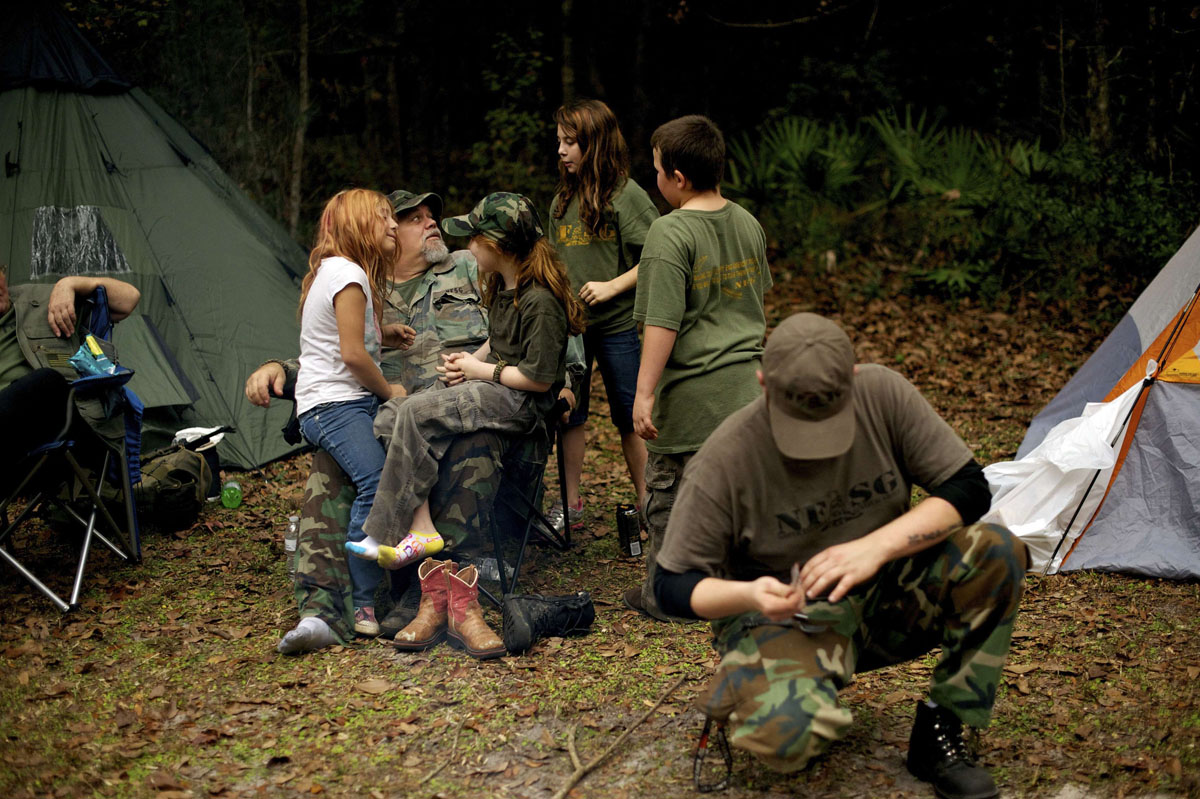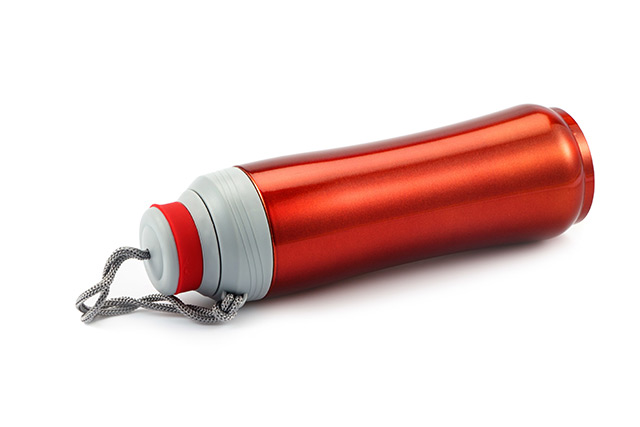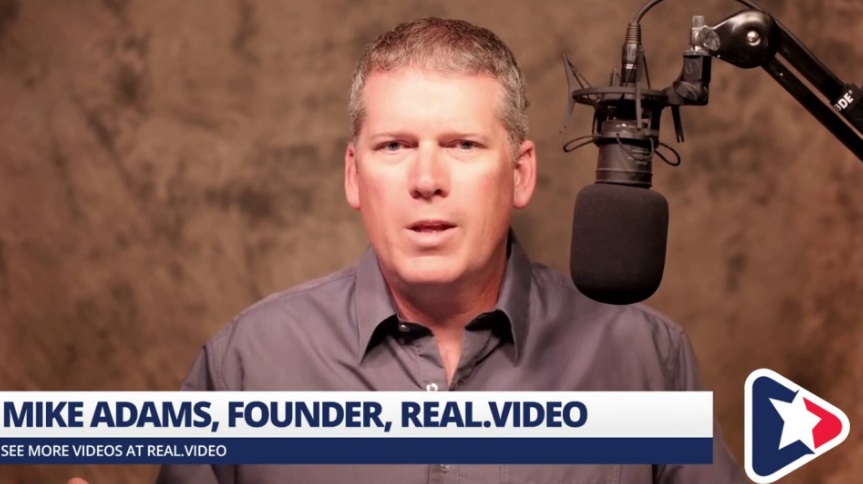Get out in the field and learn survival now – because you can’t do it “on the job”
04/26/2017 / By JD Heyes

For most people, it takes quite a bit of time to get set up as a prepper. Between learning about and obtaining the right gear, growing food and figuring out what to put in a bug out bag, nothing happens overnight.
But far too many preppers just go through the motions of prepping – they don’t ever really take the time to get out into the field and actually test their gear as well as their knowledge. And like any other skill, if you don’t use it, you lose it.
As an Army vet, I can tell you that backpacks and rucksacks look comfy and accommodating, but many of them aren’t very comfortable to carry around for several hours. Everyone is different – in terms of fitness, physique, stature – so one rucksack or backpack does not fit all. You have to test your packs and adjust them to your body so that you’ll be able to carry them for hours at a time if you have to. That requires actually getting out in the field and using that piece of equipment. Or it could be as simple as strapping it to your back and hitting a local hiking trail that goes for a few miles, just to get a feel for it so you can adjust it to fit you.
The same is true with any gear. You may have two or three ways to start a fire stowed in your bug out bag, but if you’ve never used flint and steel to start a fire, it doesn’t do much good to have it. (RELATED: How To Make Your Own Bug Out Bag (BOB) For Emergency Preparation)
Here are some things preppers need to do in order to get familiar with their equipment, learn its applications and understand its limitations before you need it to survive:
— Get up to speed: Strapping on a 35-40lb pack once in a while is not a big deal for most people. But strut around with it on your back for a few hours – up and down hills, across rivers, through fields, over fences – and it’ll get real heavy, real quick. Get up to speed: Take your pack and hike with it at least once a week, no matter what the weather.
And for the record, don’t buy a pair of heavy-duty leather hiking or military boots and then let them sit in your closet “until needed.” If you don’t break them in well in advance, you’re going to regret it a few miles into your bug out when your feet become so sore and blistered you can’t go on.
— Speaking of weather: You should be practicing your prepping skills in all kinds of weather – not just picture-perfect weather. No one knows when the stuff is going to hit the fan; it could happen on a sunny day or in the dead of winter – or in the middle of a rainstorm. Don’t put your life at risk, but get out with your gear and use it under all conditions. Only then will you know whether or not it can perform as expected or if it will fall short of its potential.
— Does it work? That new-fangled gizmo or the solar panel you bought to power your devices and radio… they may or may not work as advertised under certain conditions. You won’t know that if you don’t take them out and try them out. You may find they will fail even under ideal conditions. Don’t get angry about your purchase; learn from it, buy a better brand and be happy the failure didn’t occur when you were on the run and needed that piece of equipment to save your life.
— Get a green thumb: Food will become one of your most important necessities, so if you’ve never planted a garden, plant a garden. And get some terrace, window or deck boxes where you can grow herbs and other small veggies. You will need to learn this skill if you want to survive long-term.
— Water, water: The most important commodity in terms of living longer is water. The thing is, in a collapse situation, most drinkable water sources will disappear very quickly, either because they will be consumed or taken over by a large group. So it will become very necessary very early on in an SHTF scenario to be able to secure potable water; most people cannot last more than three days without it. (RELATED: Camping: A Great Way To Practice How To Live After SHTF)
You will need a layered water purification system – to include filters, purification methods and sanitation – in order to secure enough water to sustain you and your family. Even if you manage to get lucky enough to find a pond, you’re going to have to filter and/or boil that water before you can drink it and use it to prepare foods and personal hygiene. So, having at least three different methods of preparing water for consumption will be required – and you need to practice how to use them.
— Wrap your mind around it: Living in an SHTF nightmare will take a heavy psychological toll on you. That burden can at least be lessened if you are familiar enough with your gear to be able to use it effectively. You might hate that the world as you know it has ended, but if you can secure food, stay warm, build a shelter, purify water and defend yourself, that is a lot to take off your mind.
(H/T Survivalist Prepper)
J.D. Heyes is a senior writer for NaturalNews.com and NewsTarget.com, as well as editor of The National Sentinel.
Sources:



















